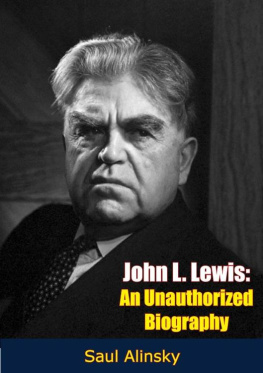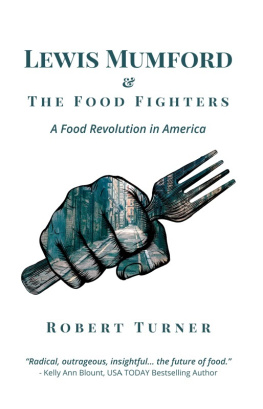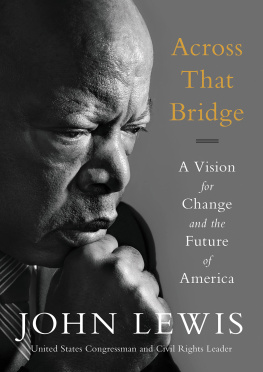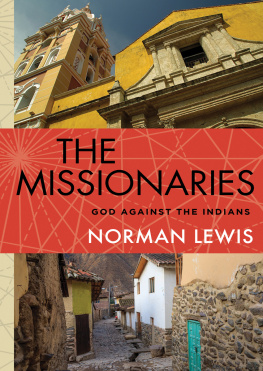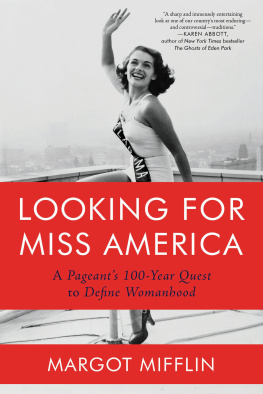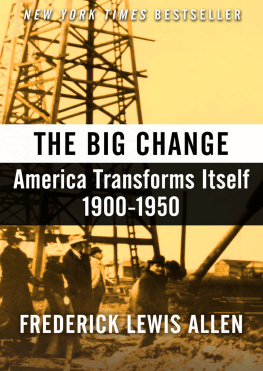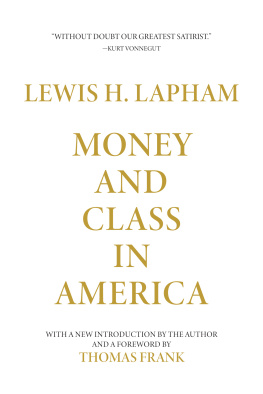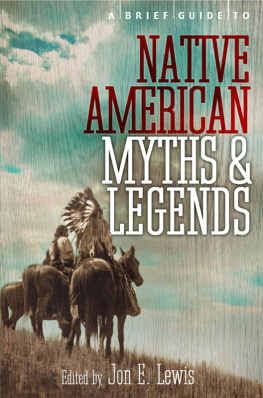
This edition is published by Papamoa Press www.pp-publishing.com
To join our mailing list for new titles or for issues with our books papamoapress@gmail.com
Or on Facebook
Text originally published in 1949 under the same title.
Papamoa Press 2017, all rights reserved. No part of this publication may be reproduced, stored in a retrieval system or transmitted by any means, electrical, mechanical or otherwise without the written permission of the copyright holder.
Publishers Note
Although in most cases we have retained the Authors original spelling and grammar to authentically reproduce the work of the Author and the original intent of such material, some additional notes and clarifications have been added for the modern readers benefit.
We have also made every effort to include all maps and illustrations of the original edition the limitations of formatting do not allow of including larger maps, we will upload as many of these maps as possible.
JOHN L. LEWIS
AN UNAUTHORIZED BIOGRAPHY
BY
SAUL ALINSKY

TABLE OF CONTENTS
Contents
DEDICATION
To
DAVID and KATHRYN
and
to the memory of
HELENE
FOREWORD
THIS is always an unpopular undertaking, and usually everyone is offended. While Lewis gave me unlimited interviews as well as access to records, there were no commitments of any kind. He knew that in this study the sharp edge of criticism would cut everywhere and everybody including himselfand it has. No one, including Lewis, was permitted to read these pages before publication.
I believe that it is the right of every reader to know the prejudices of the biographer. There are still too many who talk about objective and unprejudiced writers. There is not and never has been a living person lacking prejudices. The best we can do in the striving for so-called objectivity is to be consciously aware of and on guard against these prejudices.
To me, Lewis is an extraordinary individual and certainly one of the outstanding figures of our time. As a person I like him. As a labor leader, I share the opinion of many including some of his bitterest enemies, that John Lewis is the most powerful and dramatic product of the history of American labor. I have been in violent disagreement with his position at different times and particularly on his isolationism during those critical days of 1941again on his break with Roosevelt, which I struggled to avert. Yet Lewis will not break a relationship because of criticism if the criticism is honest and open. On the whole I have felt that his career was a great American tragedy in terms of what might have been.
One more word on my prejudices. I am pro-labor. My record as a friend of organized labor is well known in Chicago. I have fought at the side of the CIO for the past twelve years, and have earned the right to criticize as a friend.
Now a word on the extraordinary difficulties of modern biographical research. No longer can the student dig through archives for detailed written records. Today most important decisions are made over the phone or in face-to-face conversation, with little written evidence for the future historian except distorted secondhand accounts or firsthand rationalizations. Even written materials are dishonest in many cases by omission rather than commission. To the honest biographer research becomes a nightmare of garbled, tortured pieces of information that parade as fact. There are days when you are haunted by Mark Twains rejection of history as being written with the ink of lies. There is only one way out for the honest biographer, which is to state, wherever possible, the source of his information, leaving the reader the right to weigh its credibility.
The organized labor movement is a human institution and possessed of those virtues and vices common in mankind. Unfortunately there are labor leaders who decry even the criticism of a friend as labor baiting. This stifling of freedom of criticism with the tyranny of the smear is evil no matter what its source. Today the precious American right of dissent is in great jeopardy by pressures from the right as well as the left. To write of the human motivations, both good and bad, of leaders of labor ones eyes cannot be bound by the blinders of any doctrinaire policy or line of thought.
There are so many to whom I am indebted that it is impossible to name them. I am most grateful to John L. Lewis for the unlimited time he placed at my disposal and his releasing me from my only commitment to him dating back to 1940that was not to reveal the events of the Roosevelt negotiations of that year. I am also grateful for the invaluable help of his loyal and devoted secretary, Elizabeth Covington. Too much cannot be said for the willingness and frank assistance of my close friend for many years, Kathryn Lewis.
I am grateful to the many labor leaders and former Government officials who gave so generously of their time both in interviews and in correspondence.
To my good friend George Bye who gently pushed me back into harness when I was discouraged.
To Herbert Hewitt of the reference department of the Chicago Public Library, who helped unearth every bit of written material on the subject, and to Sylvia Abrams who typed the long manuscript.
I will never forget the heart-stirring experience of those devoted friends of mine endlessly searching for ways to relieve me of undue domestic pressures, particularly through the months of this year. To them I owe a debt that is impossible ever to repay.
Without the selfless help of Babette Stiefel in research, editing, scolding, and cajoling, this book would certainly not have been complete at this time.
Last there are my two children, David and Kathryn, who were most patient and understanding of their fathers nightly absences in the preparation of this book.
SAUL D. ALINSKY
October 1, 1949
Chicago
CHAPTER 1Of Men and Coal
COAL is the prime mover of our life. In these black chunks of the earths history is the energy that pours power into our gigantic industrial empire. Beyond the conjuring of any imagination is the awesome vastness of mans industrial procession. Just a small segment of this Gargantuan industrial scene reveals interlaced speeding railroads, giant whirring dynamos lighting up the nation, and overwhelming surges of power spun from steam. For within coal is mans industrial holy trinity of light, heat, and power.
More than half of American homes are heated by coal. Nearly ninety-five per cent of our railroad locomotives are driven by the fiery energy of coal.
Coal is essential in mass production of steel. If steel provides the skeleton for our cities and towns, then coal provides the heart. It also yields infinite products to our chemical industry. Break up this jet black nugget, and its by-products burst into more than ten thousand hues and colors, shaming the rainbow with its most delicate tints; for coal is basic to our making of dyes and colors.
This black chunk, which murders men underground, is the base for that lifesaving miracle of modern times, the sulfa drugs. From nylon to plastic, from aspirin to perfume, the list of products is as great as our supply. It is estimated that in America alone we have enough coal to last twenty-five hundred years. Contrast this with the dwindling crude-oil reserves, and coal assumes the role of not only our prime but our permanent mover. Coal is King.
Next page
